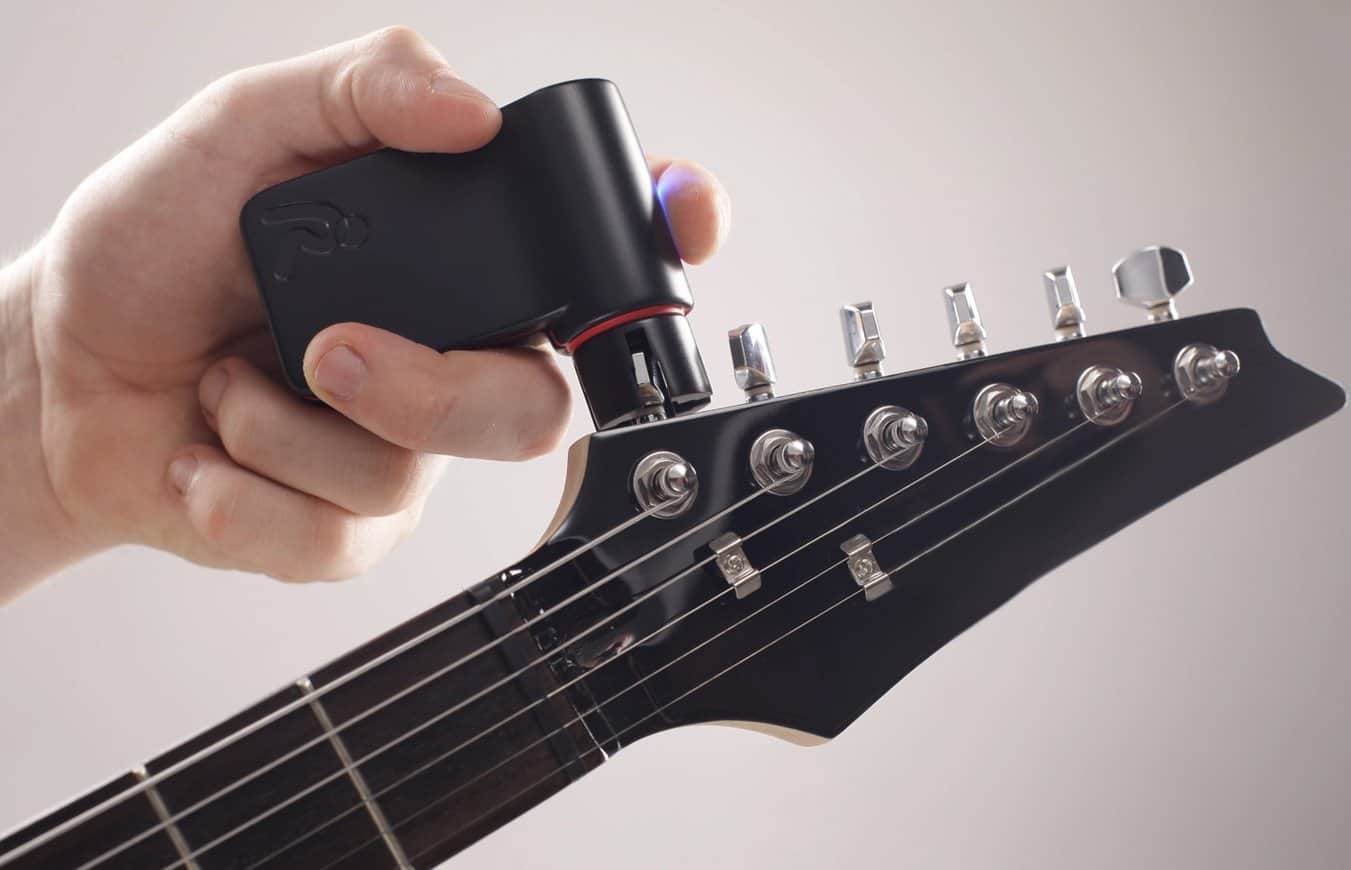

Use the fourth fret of the G string to tune the B string. Press down on the fifth fret of the D string and play the G string, adjusting the tuning peg until the G string is in tune. Use the fifth fret of the D string to tune the G string. Press down on the fifth fret of the A string and play the D string, adjusting the tuning peg until the D string is in tune. Use the fifth fret of the A string to tune the D string. Press down on the fifth fret of the low E string and play the A string, adjusting the tuning peg until the A string is in tune. Once the low E string is in tune, use the fifth fret of the low E string to tune the A string. You can also use an online tuning reference tone. Start by tuning the low E string to a reference pitch, such as a piano or another tuned instrument. If you don't have a tuner, you can still tune your guitar to standard E tuning by ear. Repeat this process for each string, starting with the A string, then the D string, the G string, the B string, and finally the high E string. Turn the peg to the right to tighten the string and raise the pitch, or turn it to the left to loosen the string and lower the pitch. The tuner will display the note it hears and indicate whether the note is too high, too low, or in tune.Īdjust the tuning peg for the lowest string until the tuner indicates that the note is in tune. Start with the low E string (the thickest string) and play the string. The tuner will pick up the vibrations of the strings and display the note it hears. Turn on the tuner and clip it onto your guitar's headstock. You can purchase a guitar tuner or use a tuning app on your smartphone.

Using a digital tuner is the easiest and most accurate way to tune your guitar.

There are two main methods for tuning your guitar to standard E tuning: using a digital tuner or tuning by ear. Most guitar music is written and performed in standard E tuning, making it essential for any guitarist to master. This tuning provides a versatile range of notes and allows for easy chord shapes and scale patterns. Standard E tuning involves tuning the guitar's six strings to the notes E, A, D, G, B, and E, from thickest to thinnest. How to Tune Your Guitar to Standard E Tuning


 0 kommentar(er)
0 kommentar(er)
